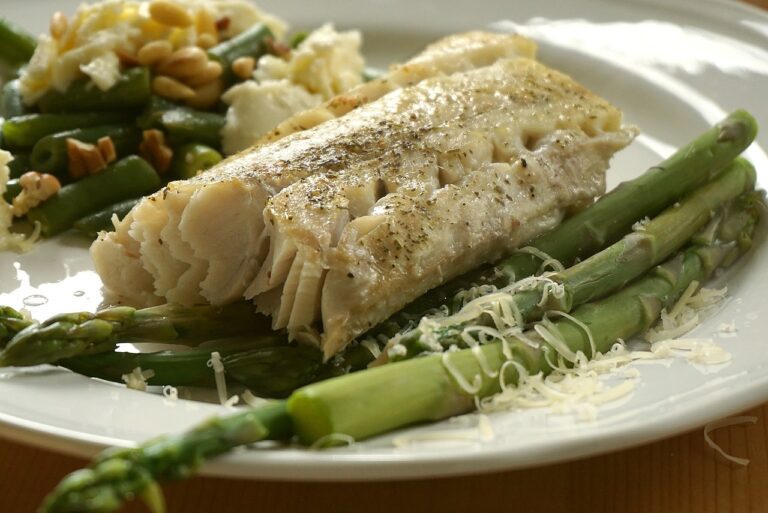Global Flavors: Exploring Ethnic Fusion Cuisine
Ethnic fusion cuisine takes diners on a unique culinary adventure, blending diverse flavors, techniques, and traditions from different cultures into innovative and delicious dishes. This fusion of culinary elements creates a harmonious interplay of tastes and textures that tantalize the taste buds with each bite. Through the combination of various cooking styles and ingredients, ethnic fusion cuisine offers a dynamic and exciting dining experience that celebrates culinary diversity and creativity.
Exploring ethnic fusion cuisine allows for a deeper understanding and appreciation of the interconnectedness of food and culture. By merging culinary traditions from around the world, chefs unleash a world of possibilities and push the boundaries of traditional cuisine. The culinary journey of ethnic fusion cuisine not only delights the palate but also tells a rich and vibrant story of culinary evolution and cultural exchange.
The History of Fusion Cuisine
Fusion cuisine has a rich and diverse history that can be traced back to ancient times. Throughout history, traveling merchants, explorers, and immigrants have introduced ingredients and culinary techniques from their homelands to new regions, resulting in the blending of flavors and cooking styles. This cultural exchange has led to the creation of unique dishes that incorporate a mixture of traditions, ingredients, and cooking methods, giving birth to what we now know as fusion cuisine.n
As societies became more interconnected through global trade and migration, fusion cuisine continued to evolve and expand. The colonization of countries and the forced movement of people also played a significant role in the fusion of culinary traditions. Over time, chefs around the world began experimenting with combining different culinary elements to create innovative and exciting dishes that reflect the diverse influences and histories of the regions they represent. Today, fusion cuisine is celebrated for its creativity, complexity, and ability to bring together diverse cultural perspectives on a single plate.
Key Ingredients in Ethnic Fusion Dishes
When it comes to creating flavorful and unique ethnic fusion dishes, the key lies in the careful selection of ingredients. Combining elements from different culinary traditions can result in a harmonious blend of flavors that excite the palate and offer a taste of multiple cultures. Ingredients like coconut milk, soy sauce, and lemongrass are commonly used in Asian fusion dishes, adding depth and complexity to the overall flavor profile.
Incorporating ingredients such as plantains, black beans, and cilantro can infuse Latin American flair into fusion dishes, providing a contrast of textures and tastes that are both satisfying and intriguing. The use of spices like turmeric, cumin, and ginger can lend a Middle Eastern influence, creating a tantalizing fusion of aromas and flavors that transport diners to distant lands with each bite.
• Coconut milk, soy sauce, and lemongrass add depth and complexity to Asian fusion dishes
• Plantains, black beans, and cilantro infuse Latin American flair into fusion dishes
• Spices like turmeric, cumin, and ginger lend a Middle Eastern influence to the dish
What is ethnic fusion cuisine?
Ethnic fusion cuisine is a culinary style that combines elements and ingredients from different cultural backgrounds to create unique and innovative dishes.
How did fusion cuisine come about?
Fusion cuisine has its roots in the history of immigration, colonization, and trade, where different cultures and cuisines came into contact and influenced each other’s culinary traditions.
What are some common key ingredients in ethnic fusion dishes?
Common key ingredients in ethnic fusion dishes include spices, herbs, condiments, and cooking techniques from various cultures such as soy sauce, coconut milk, curry pastes, and chilies.
How can I create my own ethnic fusion dishes at home?
To create your own ethnic fusion dishes, experiment with combining ingredients and flavors from different cultural backgrounds, while keeping in mind the balance of flavors and textures in the dish.







